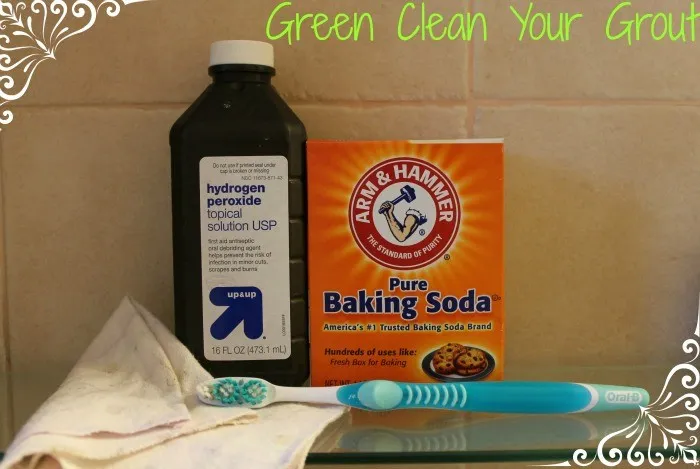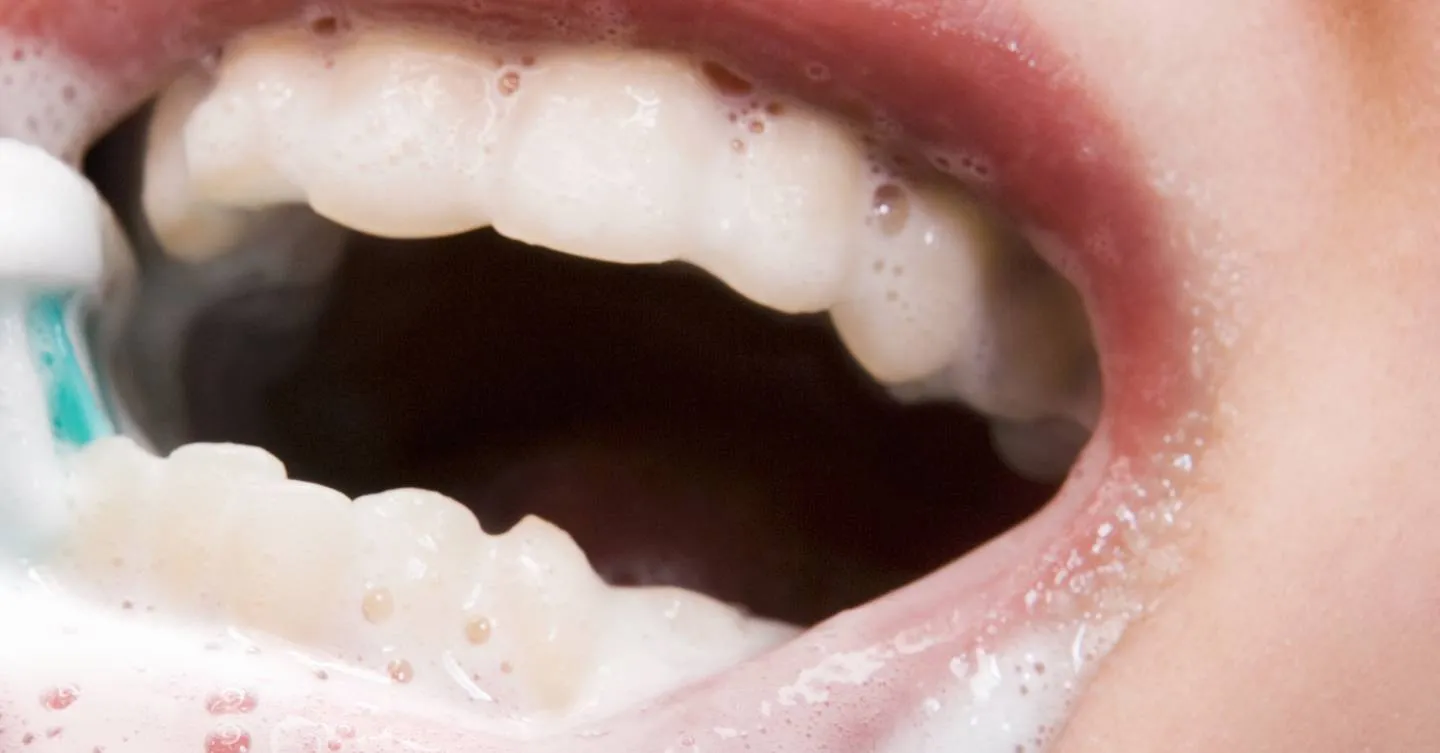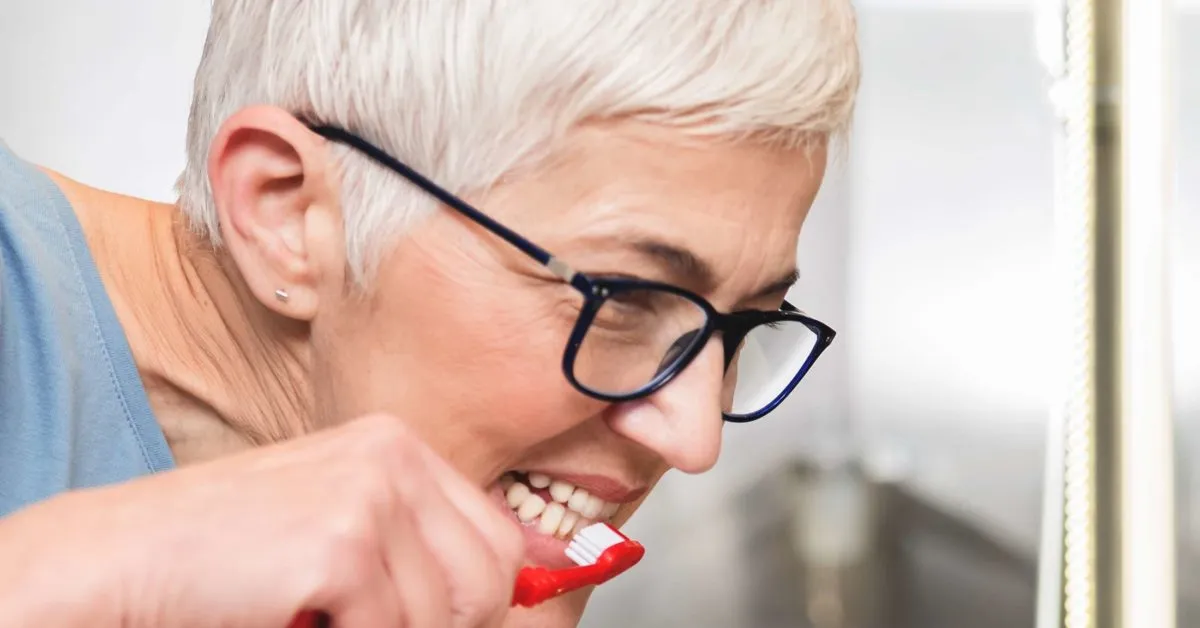Understanding the Science of Teeth Whitening
Teeth whitening is a popular cosmetic procedure that aims to lighten the color of your teeth. The process works by removing stains and discoloration from the enamel and dentin, the two main tissues that make up your teeth. Stains can be extrinsic, meaning they occur on the surface of the tooth, or intrinsic, meaning they are within the tooth structure. Various factors contribute to tooth discoloration, including aging, genetics, diet, and lifestyle choices like smoking and excessive coffee or tea consumption. Understanding the science behind teeth whitening helps you appreciate the effectiveness of different methods and make informed decisions about your oral health.
How Hydrogen Peroxide Works on Your Teeth
Hydrogen peroxide, a common ingredient in many teeth whitening products, acts as an oxidizing agent. When applied to the teeth, it penetrates the enamel and dentin, breaking down the stain molecules. This process is known as oxidation. The oxygen molecules released from the hydrogen peroxide react with the stain molecules, effectively bleaching them and making your teeth appear whiter. The concentration of hydrogen peroxide plays a crucial role in the effectiveness of the whitening process, with higher concentrations often leading to quicker results. However, higher concentrations also increase the risk of potential side effects, such as tooth sensitivity and gum irritation, making it important to use hydrogen peroxide safely and according to recommended guidelines.
The Role of Baking Soda in Whitening

Baking soda, or sodium bicarbonate, is a mild abrasive that can help remove surface stains from your teeth. When used in combination with hydrogen peroxide, it enhances the whitening effect. Baking soda gently scrubs away plaque and debris, contributing to a cleaner and brighter smile. It also helps to neutralize acids in the mouth, creating a more favorable environment for oral health. While baking soda is generally safe to use, it’s essential to use it sparingly, as excessive abrasion can wear down the enamel over time. Combining baking soda and hydrogen peroxide offers a cost-effective and readily accessible way to whiten your teeth, but should be used with caution and in moderation.
Top 5 Hacks for Whiter Teeth
Achieving a brighter smile doesn’t always require expensive professional treatments. Several DIY methods can help you whiten your teeth at home. These hacks, when used correctly, can offer noticeable results. Remember to be consistent with these hacks for the best results, and always prioritize your oral health by consulting with a dentist if you have any concerns. These top 5 hacks combine natural ingredients and simple techniques to help you achieve a whiter, healthier smile without breaking the bank. Always prioritize your dental health and consult with a professional for personalized advice.
Hack 1 Use Hydrogen Peroxide and Baking Soda Paste
Creating a paste of hydrogen peroxide and baking soda is one of the most common DIY teeth whitening methods. Mix a small amount of baking soda with hydrogen peroxide to form a paste. Gently brush your teeth with this mixture for about two minutes, and then rinse thoroughly. The hydrogen peroxide helps to whiten, while the baking soda acts as a mild abrasive to remove surface stains. This method is effective for removing surface stains, but it’s important not to overdo it, as excessive abrasion can harm your enamel. Use this paste no more than twice a week to avoid potential damage. Remember that consistency is key, and patience is important as results will develop over time.
Hack 2 Oil Pulling for a Natural Boost

Oil pulling is an ancient Ayurvedic practice that involves swishing oil, typically coconut oil, in your mouth for 15-20 minutes. The oil helps to remove bacteria and toxins, which can contribute to tooth discoloration and bad breath. While not a direct whitening method, oil pulling can help improve the overall health of your mouth, creating a cleaner environment that can enhance the effectiveness of other whitening methods. Regular oil pulling can also contribute to whiter teeth. Make sure you use high-quality, food-grade oil for oil pulling. It is important to note that oil pulling is a supplemental technique and should not replace regular brushing and flossing.
Hack 3 Embrace the Power of Strawberries
Strawberries contain malic acid, a natural enamel brightener. Crush a fresh strawberry and mix it with a small amount of baking soda to create a paste. Apply this mixture to your teeth for a few minutes, then rinse thoroughly. The malic acid helps to break down stains, while the baking soda provides a gentle abrasive action. This method can be a tasty and effective way to whiten your teeth, and is a much healthier alternative than other chemical methods. However, it is crucial to brush your teeth after using this method to remove any residual sugars from the strawberries. Be mindful of the amount of time you keep the paste on your teeth to prevent excessive acid exposure.
Hack 4 The Benefits of a Banana Peel
Rubbing the inside of a banana peel on your teeth for about two minutes can help whiten them. Banana peels are rich in minerals like potassium, magnesium, and manganese, which are beneficial for dental health. These minerals can help to remove stains and make your teeth appear brighter. After rubbing your teeth with the banana peel, brush your teeth as usual. This method is gentle and safe, making it suitable for sensitive teeth. Consistent use of banana peels can contribute to improved oral health and a brighter smile. Be sure to use a ripe banana for the best results and remember to brush your teeth afterwards to remove any residue.
Hack 5 The Magic of Activated Charcoal

Activated charcoal is a popular ingredient in teeth whitening. It is highly absorbent and can help remove surface stains. Dip a wet toothbrush into activated charcoal powder and brush your teeth gently for about two minutes. Rinse thoroughly to remove the charcoal residue. Be cautious, as activated charcoal can be abrasive. It is important to buy food-grade charcoal. It is also important to brush your teeth with regular toothpaste after using activated charcoal to make sure all the charcoal is removed. While effective for removing stains, it’s essential to use it sparingly and consult with a dentist to ensure it is suitable for your oral health.
Important Considerations and Precautions
Before trying any teeth whitening method, it’s essential to consider your oral health. If you have any existing dental issues, such as cavities or gum disease, address them first. Always consult with a dentist for personalized advice. Use the DIY methods with caution, as excessive use can lead to enamel erosion and increased tooth sensitivity. Follow recommended guidelines and avoid leaving whitening products on your teeth for extended periods. Prioritizing your dental health and seeking professional advice will ensure you achieve the best and safest results. Being aware of your individual oral health conditions can prevent complications and ensure that your smile is both healthy and beautiful.
Potential Risks and Side Effects
While teeth whitening can provide cosmetic benefits, it’s important to be aware of potential risks and side effects. Common side effects include increased tooth sensitivity and gum irritation, particularly with higher concentrations of whitening agents. Overuse of abrasive substances like baking soda can lead to enamel erosion, making your teeth more vulnerable to decay. If you experience any adverse effects, discontinue the method and consult with your dentist. Prioritizing your oral health and using whitening products responsibly will minimize the risks. Be informed about potential risks and side effects to safeguard your oral health during your teeth whitening journey.
When to Consult a Dentist

It’s crucial to consult a dentist before starting any teeth whitening treatment, especially if you have pre-existing dental conditions. A dentist can assess your oral health, identify potential issues, and recommend the most appropriate whitening methods. They can also provide professional treatments that are more effective and safer than DIY methods. Regular dental check-ups are essential for maintaining optimal oral health and can help you avoid complications from teeth whitening. If you experience any discomfort or have concerns, seek professional help promptly. Your dentist can offer expert guidance and help you achieve a brighter, healthier smile. By seeking professional advice, you can ensure that your teeth whitening journey is safe, effective, and tailored to your individual needs.
